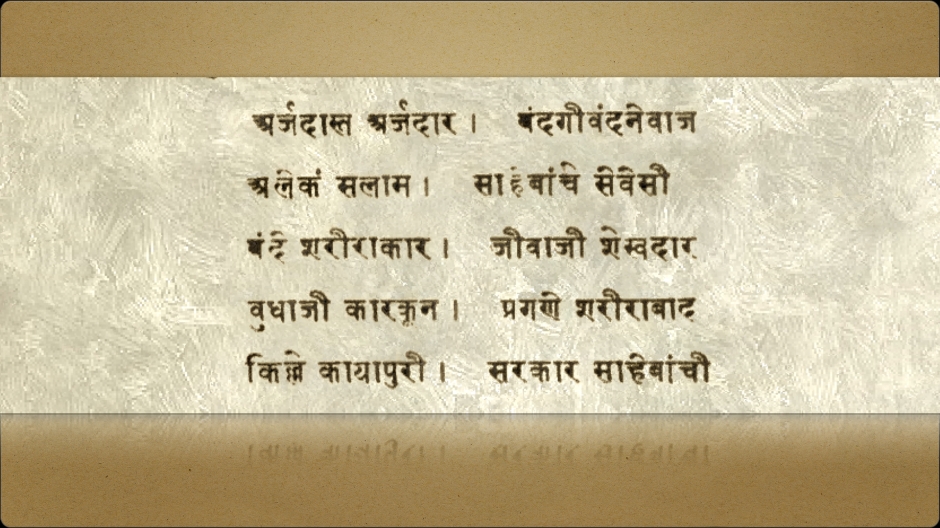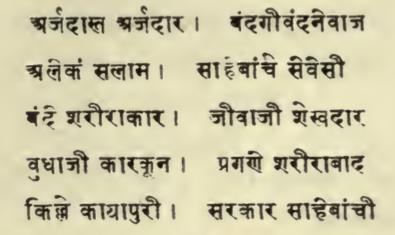This is an extract from “Essays on The Sacred Language, Writings, and Religion of the Parsis” written by Martin Haug in 1878. Download the full book from archive.org. [Link – PDF – 20MB]
The Zend-Avesta; Or The Scripture of the Parsis
In this Essay it is intended to give a brief statement of the contents of the whole Zend-Avesta, together with translations of some important or interesting passages contained therein, which will enable the reader to form some judgment of the true character of the sacred books of the Parsis. After some preliminary remarks about the name, extent, and preservation of the sacred books, the separate parts of the present Parsi scriptures will be described in detail, and finally, an attempt will be made to give a short, critical, and historical sketch of this religious literature.
I – The Name of the Parsi Scriptures
The sacred writings of the Parsis have usually been called Zend-Avesta by Europeans, but this is, without doubt, an inversion of the proper order of the words, as the Pahlavi books always style them 1 avistâk va zand (Avesta and Zend), and this order is confirmed by the traditional, as well as the critical and historical, explanation of both terms. In the opinion of the present Parsi priests, Avesta means the original text of the sacred books, and Zend denotes the Pahlavi translation. This view is correct to a great extent, as many passages may be quoted from the Pahlavi books in which Zend means simply “translation,” or “commentary;” thus the old Farhang-i-oîm khadûk commences (in the old manuscripts) with the words: Madam barâ-shinâkhtano-i vâj va mârîkâno-i Avistâk aîghash Zand maman va chîgûn, “on fully understanding the words and phrases of the Avesta, that is, the nature and quality (lit. the what and the how) of its Zend.” But it is probable that the term Zend was originally applied to commentaries written in the same language as the Avesta, for in the Pahlavi translation of the Yasna, when the scriptures are mentioned, both terms, Avistâk va Zand, are used,2 as if of equal authority, which would have been an instance of gross self-conceit on the part of the translator, if he meant his own translation by the term Zend. From this use of the denomination Avesta and Zend by the Pahlavi translators, we are fully entitled to conclude that the Zend they mentioned was a commentary on the Avesta already existing before they undertook their translation; and as they considered it sacred, this Zend was probably in the same language as the original Avesta. There are many traces, in the Avesta quotations and other phrases of the Pahlavi translations, of much of this old Zend having been replaced by the new Zend of the Pahlavi translators; but there are also traces of a good deal of it remaining incorporated in the present Avesta text, as will be pointed out from time to time in the translations which follow. The term Avesta and Zend, or Zend-Avesta, cannot be considered, therefore, as wholly inappropriate when applied to the Parsi scriptures in their original language, although the word Zend is improperly used when applied to that language itself, as it is much more commonly employed as a name for Pahlavi commentaries.
From the above remarks, it will be seen that the term Avesta was originally confined to the sacred texts ascribed to Zarathushtra and his immediate disciples; but in the course of time this term has been gradually extended to all later explanations of those texts written in the same language, till at the present time it includes all writings in that language, whatever their age. All these writings, having become unintelligible to the majority of the Zoroastrians, came to be regarded as equally sacred.
The word Avesta does not occur in the sacred texts themselves with the meaning now attached to it, and it must not be confounded with the Sasanian apistân, engraved on gems in the phrase apistân val yazdân, as this phrase is also found in the Pahlavi texts, with the meaning of “prayers to God,” whereas the Pahlavi apistâk, or avistâk (Avesta), is a distinct word, never used in that sense, which, indeed, would be inapplicable to nine-tenths of the Avesta. So far as the form of the Pahlavi avistâk is concerned, it might be best traced to ava + stâ, in the sense of “what is established,” or “text,” as was proposed by M. J. Müller in 1839; but such a meaning, though it might be fairly applicable to most of the Avesta now extant, would hardly describe the very miscellaneous contents of the Nasks which have been lost, and which are all said to have had both Avesta and Zend. A more satisfactory meaning can be obtained by tracing avistâk to â + vista (p. p. of vid, “to know”), with the meaning “what is known,” or “knowledge,”3; corresponding nearly with veda, the name of the sacred scriptures of the Brahmans. It may be objected to this etymology that the first syllable of avistâk is written like ap, and an Avesta v does not usually change into a Pahlavi p; this is only true, however, when the p would be initial; in other cases, such as vi = Pahl. apî, the change is common.
With regard to the term Zend, we see that its application varied at different times. Originally it meant the commentaries made by the successors of Zarathushtra upon the sacred writings of the prophet and his immediate disciples. These commentaries must have been written in nearly the same language as the original text, and as that language gradually became unintelligible to all but the priests, the commentaries were regarded as a part of the text, and a new explanation, or Zend, was required. This new Zend was furnished by the most learned priests of the Sasanian period, in the shape of a translation into Pahlavi, the vernacular language of Persia in those days; and in later times the term Zend has been confined to this translation.
The word Zend may be traced in âzaiñtîsh (Yas. lvi 3, 3 Sp.) and is to be referred to the root zan, “to know,” Sans. jnâ, Gr. γνω, Lat. gno (in agnosco and cognosco), so that it has the meaning of “knowledge, science.” What passages in the present Avesta may be supposed to be remnants of the old Zend will be pointed out whenever they occur in the translations we propose to give further on.
The term Pâzand, which is met with frequently in connection with Avesta and Zend, denotes a further explanation of the Zend, and is probably a corruption of paiti-zañti, which must have meant “re-explanation;” this word does actually occur (Tas. lix. 2 Sp.), but with a more general meaning. Some passages in the present Avesta will be pointed out, in the translations further on, which may be supposed to represent an old Pâzand in the Avesta language; but at present the term Pâzand (as has been already shown in the second Essay) is applied only to purely Iranian versions of Pahlavi texts, whether written in the Avesta or Persian characters, and to such parts of Pahlavi texts as are not Huzvârish.
Footnotes
- Only one exception has been noticed in many hundred occurrences of the phrase.
- See Yasna, xxx.1, xxxi.x, where the Avesta and Zend of both sayings, or both blessings, are specified in the Pahlavi translation. Neryosangh generally renders the word Zend by artha, “meaning” in his Sanskrit translation of Yasna
- More literally, “what is announced,” or “declaration;” approaching the meaning of “revelation.”


